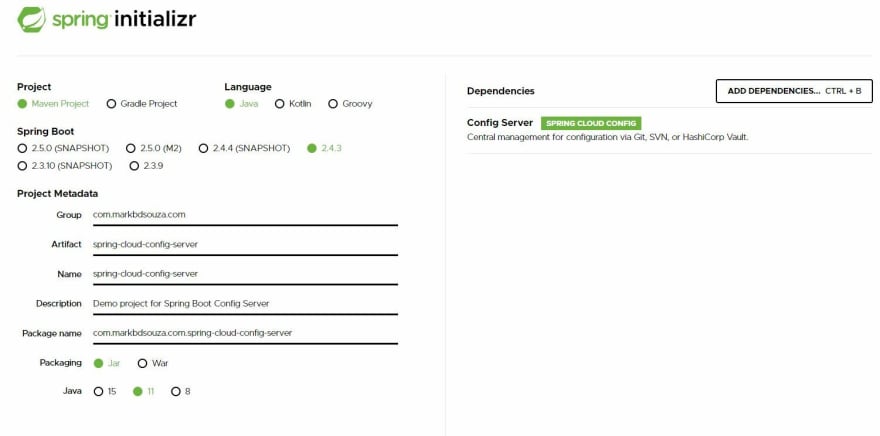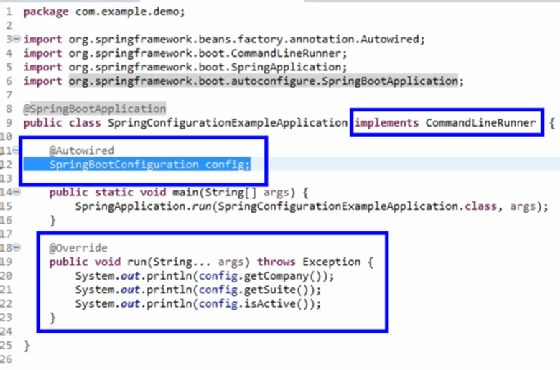Roads & PavementRoads & Pavement
Barefoot
Minimal
Low
Medium
High
Maximal
All around running shoes offer comfort and cushioning for daily runs, jogs, walks, and long mileage. They offer enough versatility for both faster and slower runs and are a great option for those who want one running shoe to do it all.
Fast run or uptempo running shoes are lightweight and responsive. They offer streamlined designs that have minimal uppers and offer a high level of energy return. These shoes are a great option for faster runs in the week or those looking for a livelier experience.
Max Cushion shoes offer premium cushioning with ample ground protection and a stable ride. These types of shoes provide abundant impact protection that softens landings while running at any pace or distance. These types of shoes are best for slower recovery runs and easy days where comfort takes priority.
Racing shoes are designed with optimal performance in mind. These types of shoes have snug-fitting uppers, energetic midsole foams, and features implemented for maximum efficiency. These types of shoes are best for runners looking to gain the ultimate advantage in races but may sacrifice some durability and comfort.
Gym Workout shoes offer a stable and versatile ride. They have a firmer underfoot feeling that provides stability for lateral movements with comfortable uppers. These types of shoes are best for trips to the gyms, cross training, casual wear, and light running. Spring Cloud Config Server Step by Step DEV Community
Road running shoes feature smooth outsoles that are designed for running on paved surfaces such as roads, sidewalks, and bike paths.
Designed to handle most trail runs, these shoes prioritize comfort and a smooth ride. These shoes are great for anything from smooth singletrack, park trails, and fireroads making them ideal for those who run from their doorstep on streets before hitting the trail.
These shoes are best used for hard, rugged trails such as shale, granite or sandstone where grip on smooth surfaces and underfoot protection are important.
Designed for use in muddy, soggy conditions, these shoes feature very aggressive outsoles that dig deep into soft ground for exceptional traction.
These shoes feature technical outsoles designed to grip snowy and icy trails making them ideal for winter trail running.
Cushioning level, or stack height, refers to how much shoe is between your foot and the ground. For this category, we reference the amount of cushioning below the forefoot as the heel height will be equal to or greater than the forefoot height.
How to use Spring Boot application.properties file to externalize
0-13mm. The Shoe generally does not have a midsole and feels like there is no cushioning. This shoe is all about feeling the ground underfoot.
14-18mm. The shoe has a thin midsole that allows for a natural running experience. Racing shoes and minimalist shoes are common here. These shoes offer a feeling of being connected to the road or trail.
19-23mm. The shoe has a slightly cushioned feel and may feature added cushioning technologies. Performance training shoes and some trail shoes are common here. These offer protection during footstrike but prioritize a lightweight, grounded experience.
24-28mm. These shoes have a stack height that fall near the middle of the spectrum.The shoes in this category are verstaile and great for all types of runs and distances.
29-34mm. The shoe has a thick midsole and ample cushioning. These shoes are highly protective and absorb more impact than the body.
35mm plus. The shoe has an extremely thick midsole and extra cushioning. The focus is on protection and soft foam underfoot with hardly any ground feel.
Neutral shoes support the foot through a normal range of arch collapse and generally do not have a built-in technology to correct movement.
Stability shoes are a great option for those who overpronate or need added support. These shoes help to limit the inward rolling motion of the ankle while running or walking and assist in guiding the foot straight through the gait cycle. JAVA EE Spring JavaConfig Import example Import Annotation in
Product Details:
Mastering Spring JavaConfig with Import Annotation Import sale, New in 11 Spring 3.1 Configuration based contexts support The sale, Add a spring nfig.import nacos property to your configuration sale, Spring Boot Part 2 ComponentScan Import by Rentius sale, Spring Boot Test Configuration Guide to Spring Boot Test sale, No spring nfig.import property has been defined CSDN sale, How to use Spring Boot application.properties file to externalize sale, How Spring Boot s Autoconfigurations Work sale, Spring Security Project Example using Java Configuration sale, Configure your managed Spring Cloud Config Server in Azure Spring sale, 5. The IoC container sale, What is Spring Boot Auto Configuration Spring Boot Tutorial sale, Spring MVC Blueprints sale, Spring Import and ImportResource Annotation java4coding sale, Spring Java Based Configuration How to Configure Spring Beans sale, Infinite loop caused by import of XML configuration that declares sale, New in 11 Spring 3.1 Configuration based contexts support The sale, error in spring xml config relating to bean profiles Stack Overflow sale, Spring Tips Configuration sale, Spring Boot Auto configuration GeeksforGeeks sale, Spring ImportResource Annotation Example sale, Spring Cloud Config for Shared Microservice Configuration Okta sale, Configure your managed Spring Cloud Config Server in Azure Spring sale, Application Configuration with Spring Boot Spring Boot Tutorial sale, Mastering Spring JavaConfig with Import Annotation Import Annotation in Spring JavaConfig sale, Spring Cloud Config Externalizing the Configurations From Your sale, Spring Boot Configuration example sale, Spring Boot Test Configuration Guide to Spring Boot Test sale, gradle IntelliJ does not pick up own spring configuration sale, Build a Web App with Spring Boot and Spring Security in 15 Minutes sale, Spring PropertySource example Mkyong sale, What is a Java based configuration in Spring Quora sale, Combining Annotation and XML Configurations in your Spring 3 sale, New in 11 Spring 3.1 Configuration based contexts support The sale, java ImportResource not working Stack Overflow sale, Spring Boot Auto Configuration The Magic explained theory by sale, Spring Cloud Config Server Step by Step Spring Cloud sale, JAVA EE Spring JavaConfig Import example Import Annotation in sale, How to use Spring Boot application.properties file to externalize sale, Spring Cloud Config Server Step by Step DEV Community sale, Spring Java Code Based Configuration sale, No spring config import set SOLVED sale, Learning the code way Importing from other configuration files sale, Spring 3 JavaConfig Import example Mkyong sale, How to Use the Spring Config Server DZone sale, Spring Import Annotation with Example sale, Provide a configuration option to load properties config data sale, The configuration of bootstrap.yaml will cause the problem of sale, Spring Using Import sale, Spring Import Annotation with Example sale, Product Info:
Spring import configuration sale.
- Increased inherent stability
- Smooth transitions
- All day comfort
Model Number: SKU#7431209




